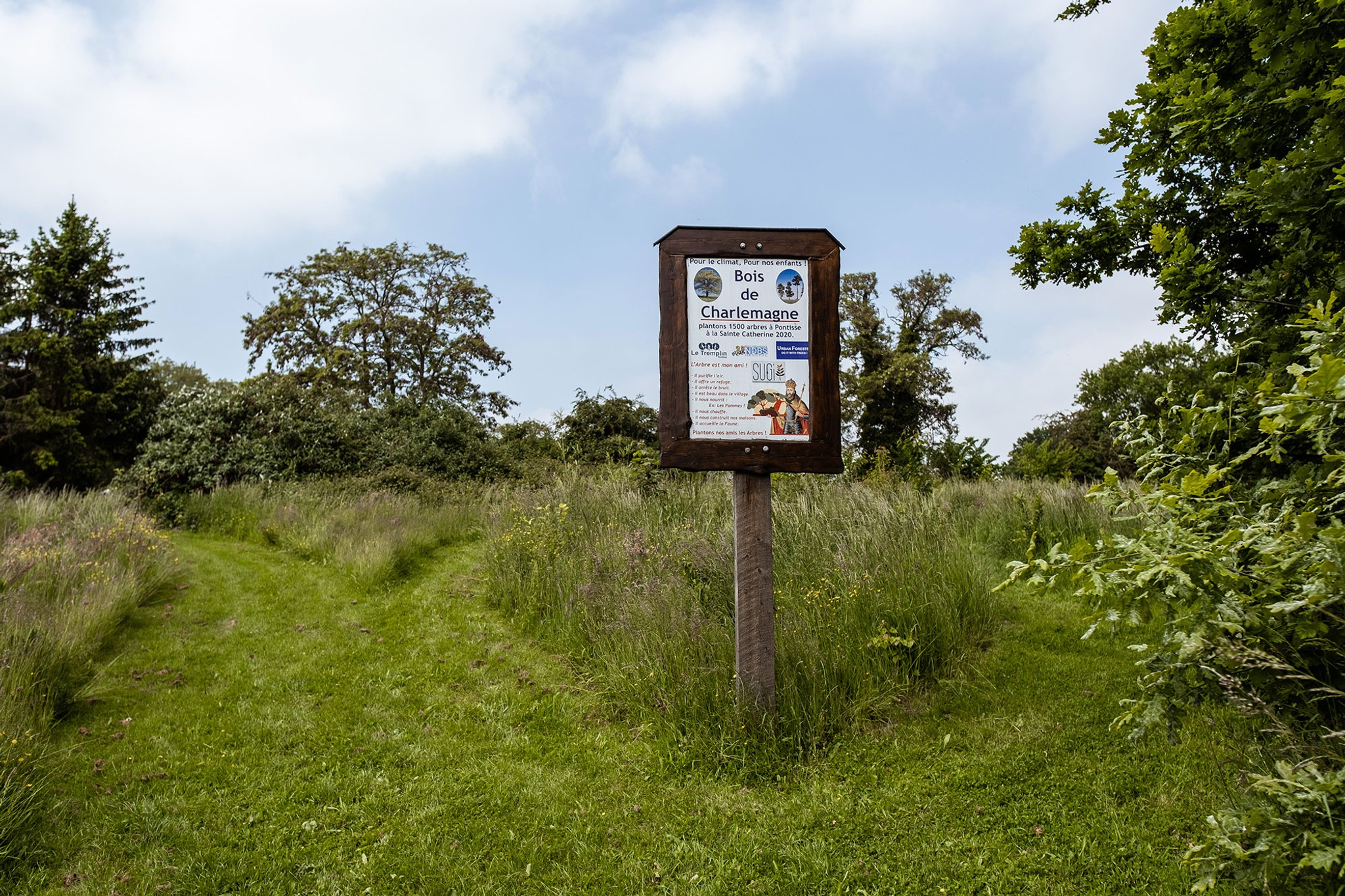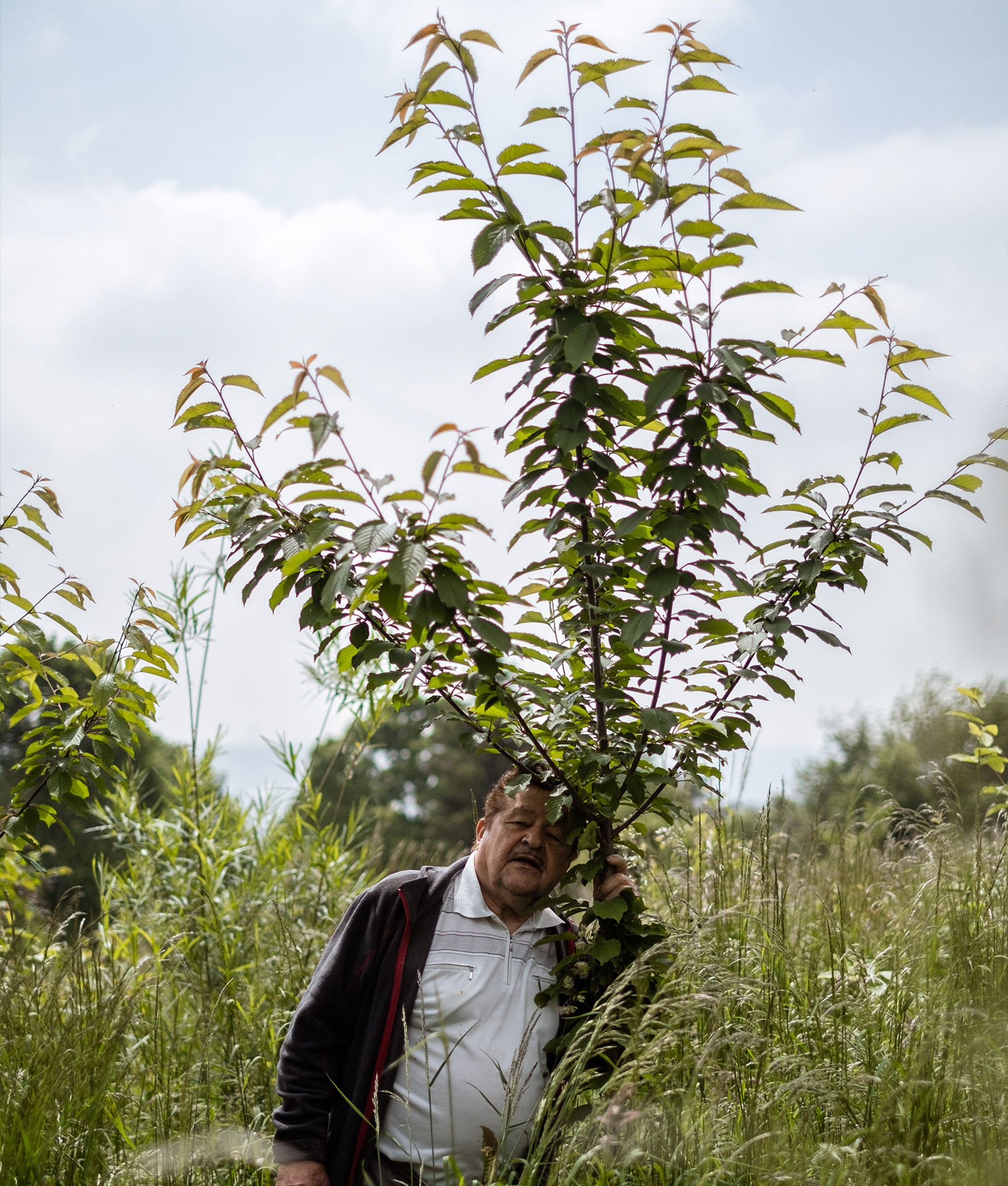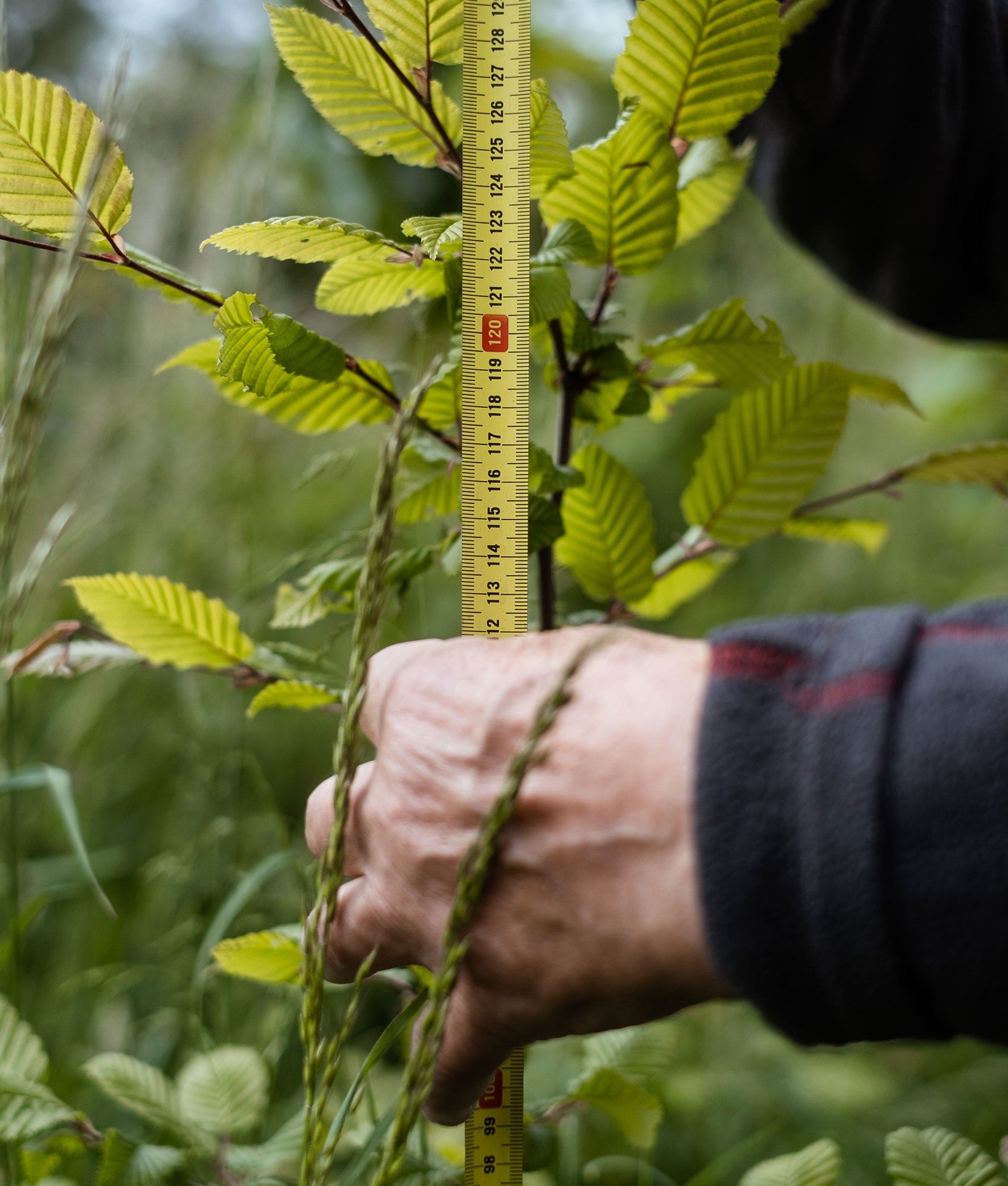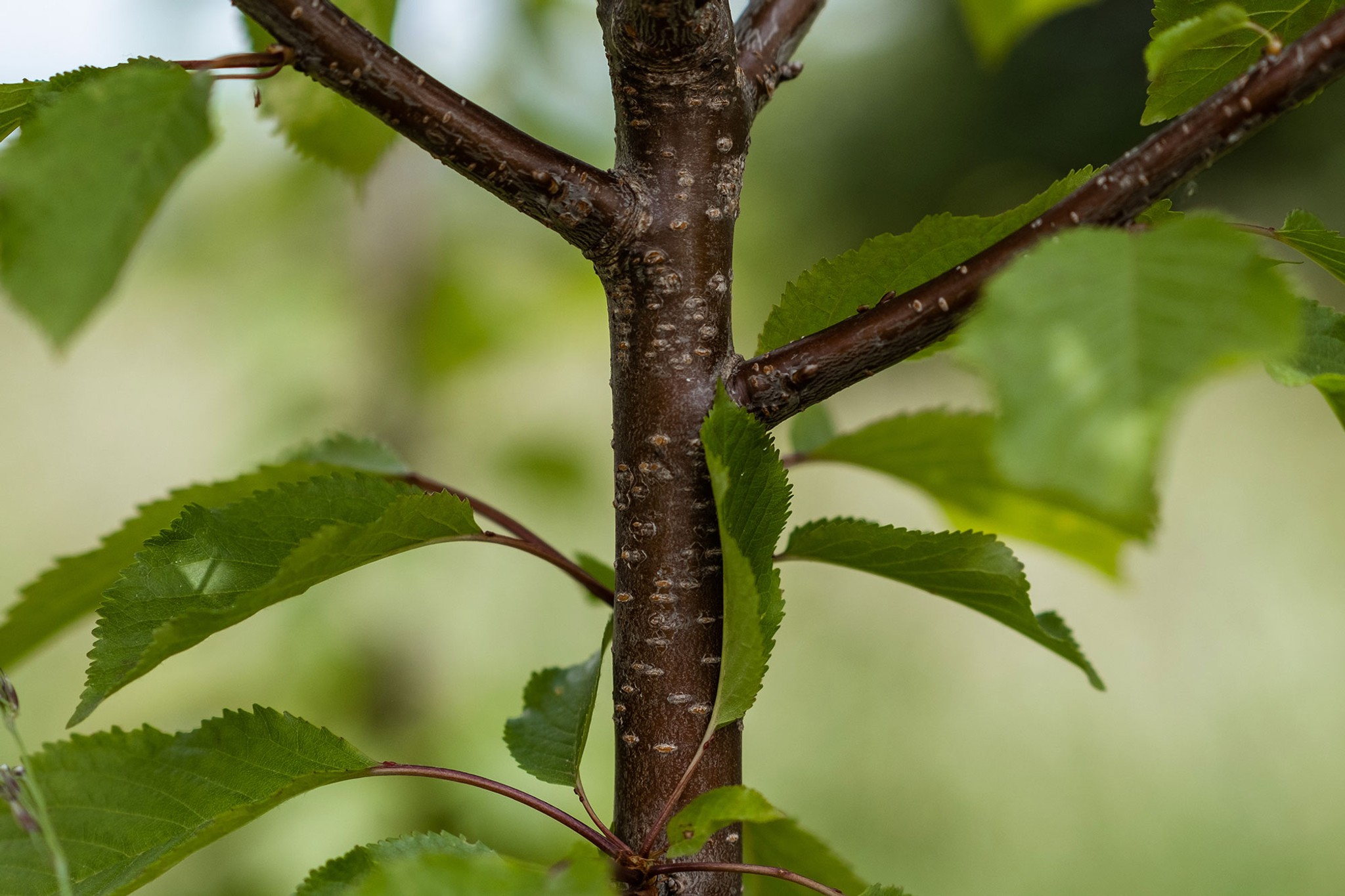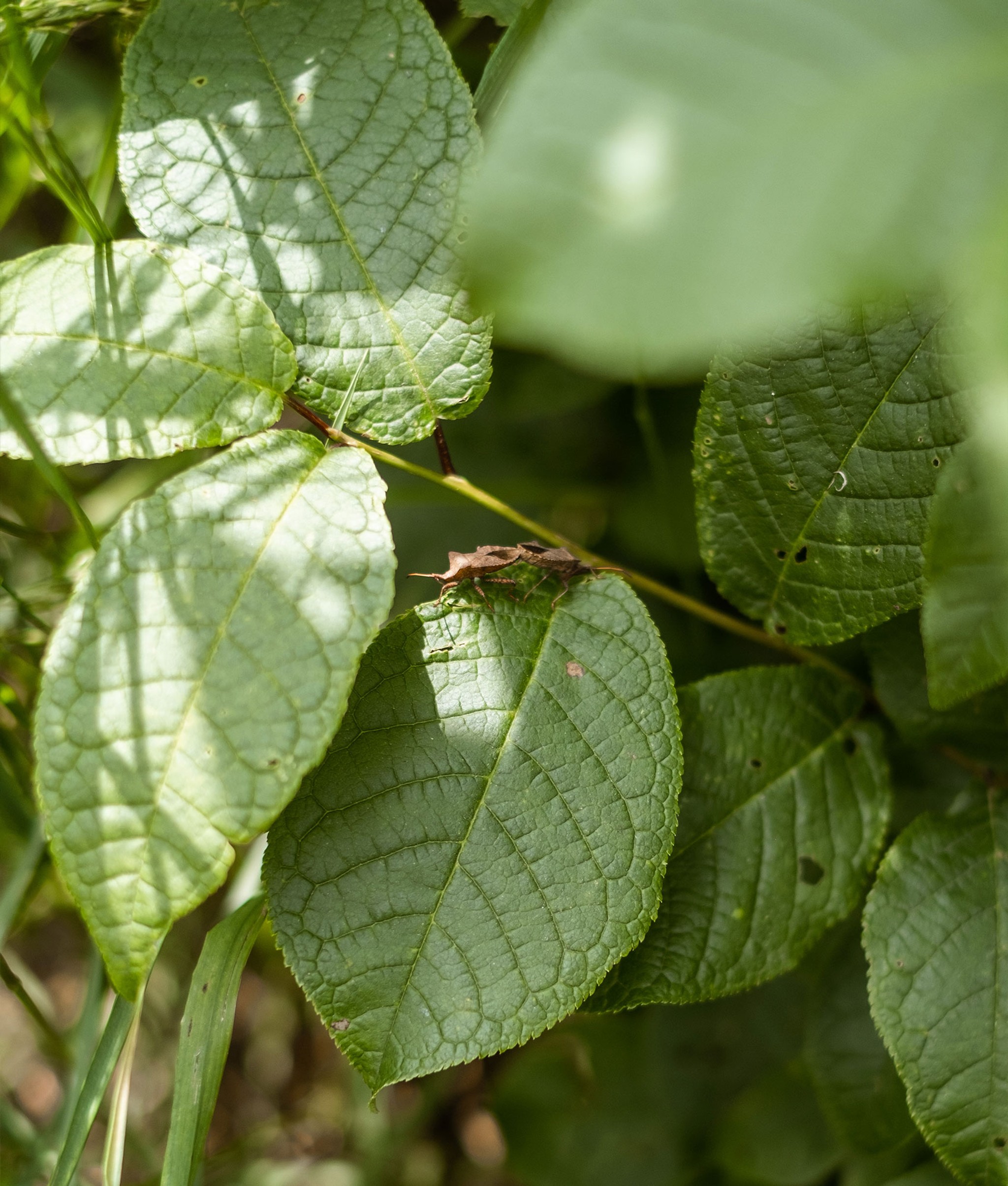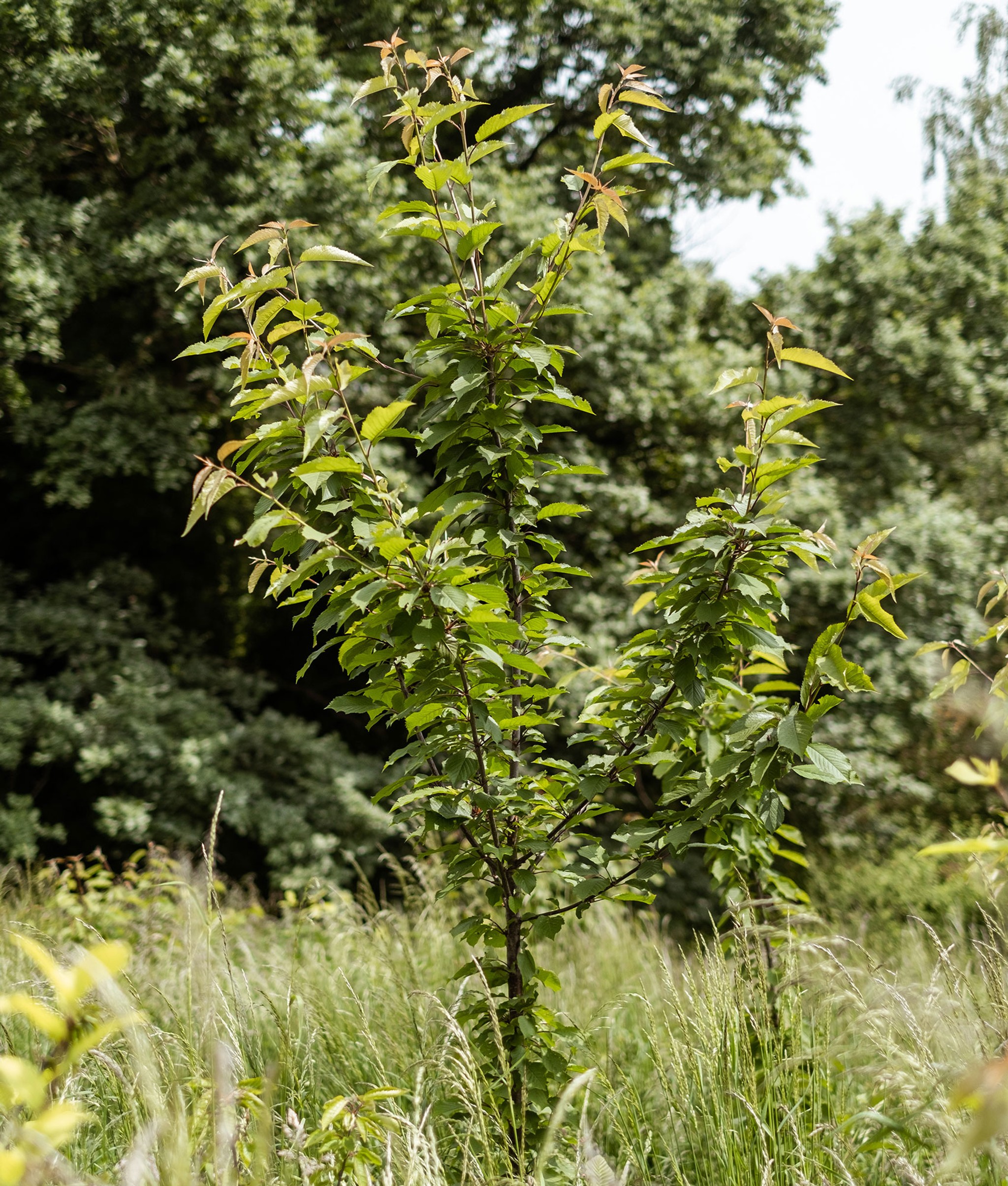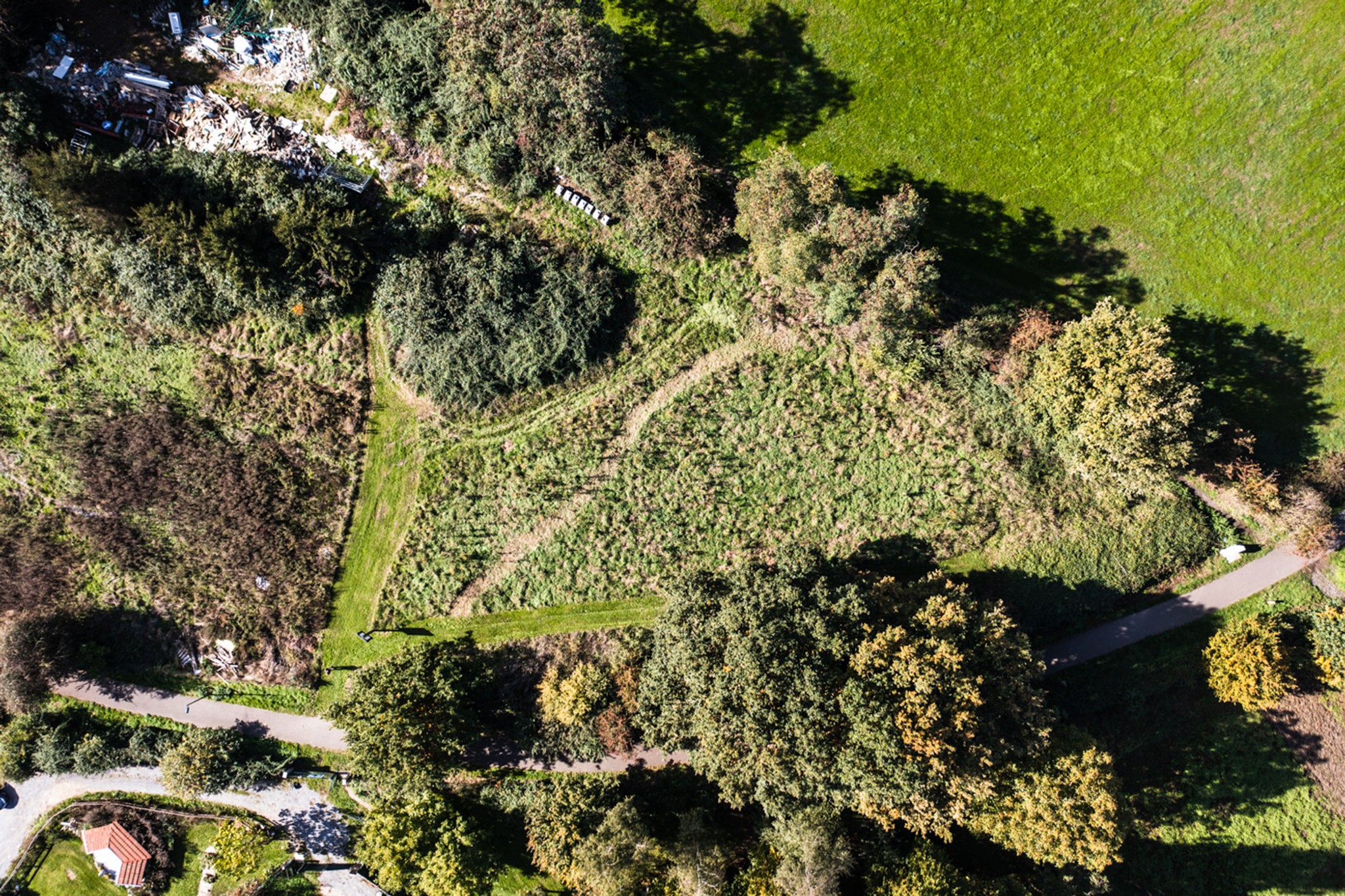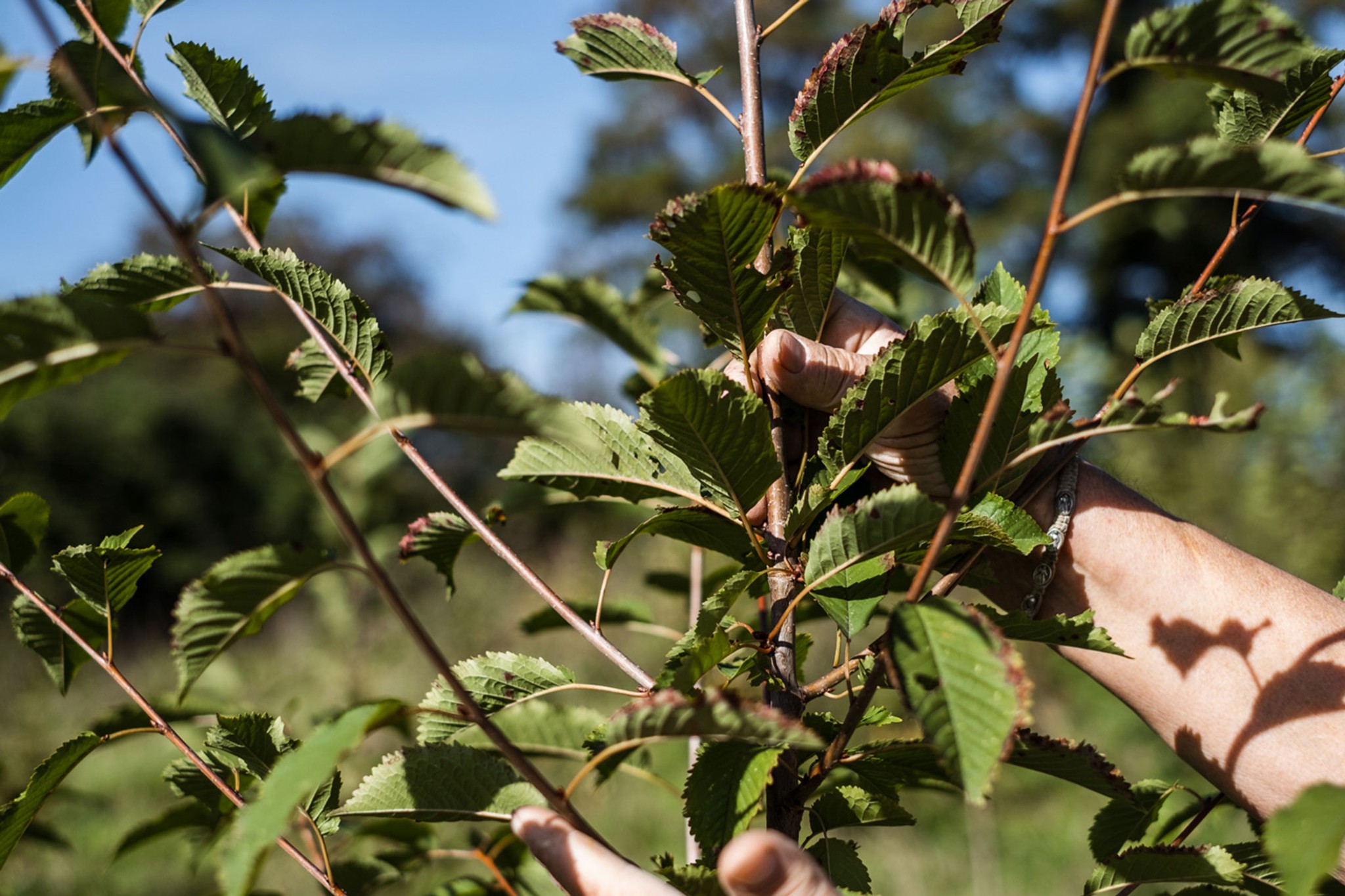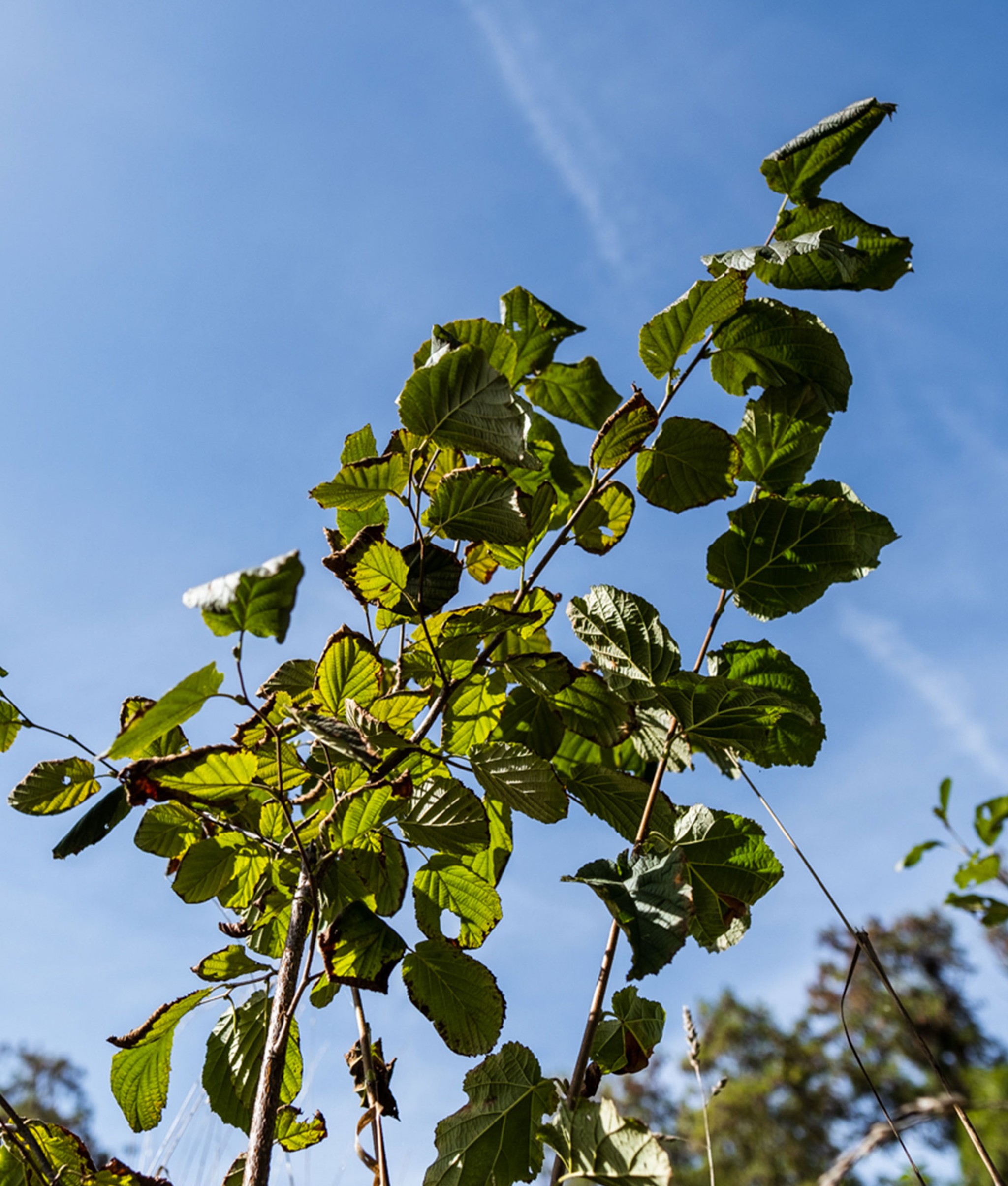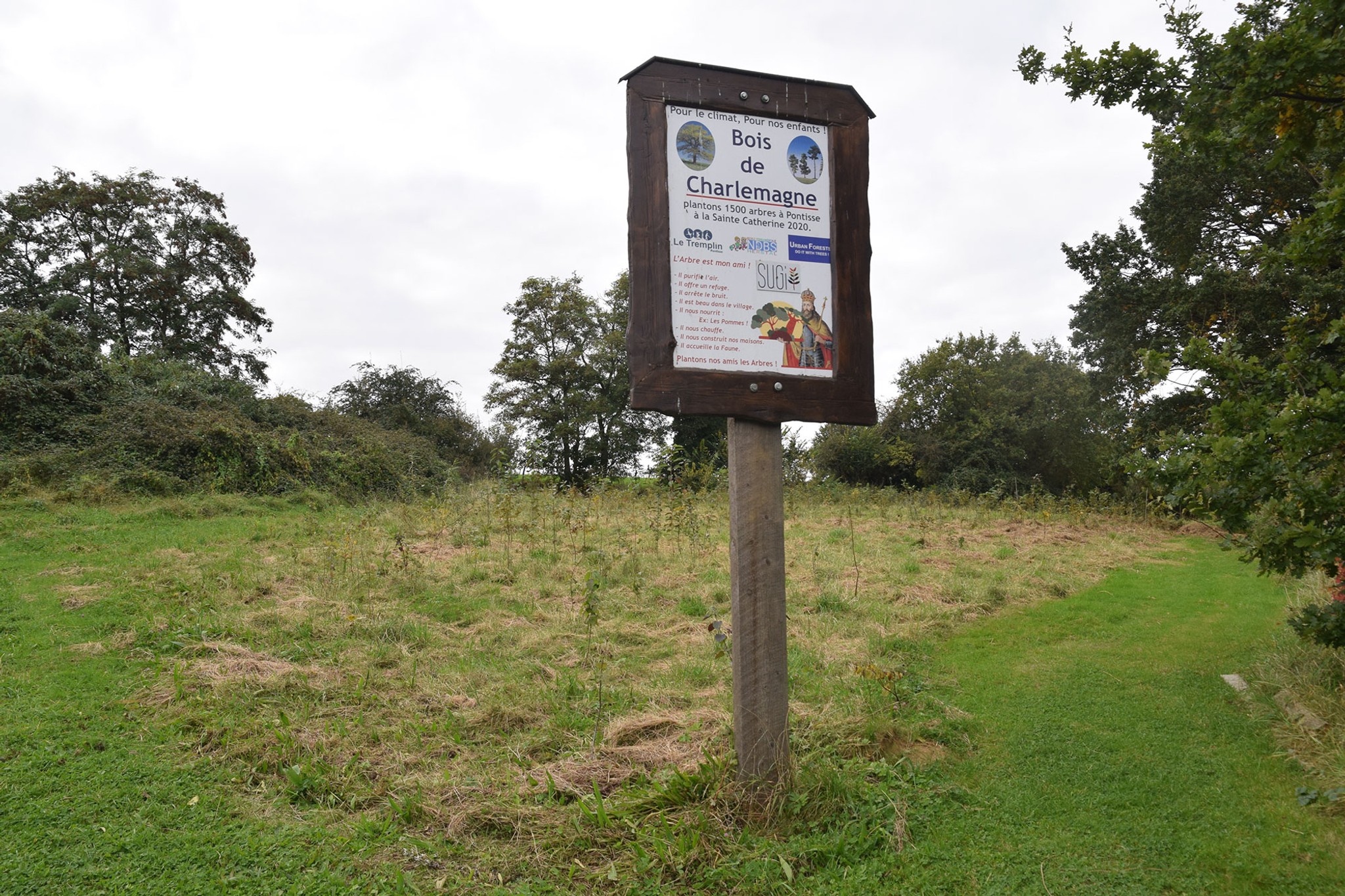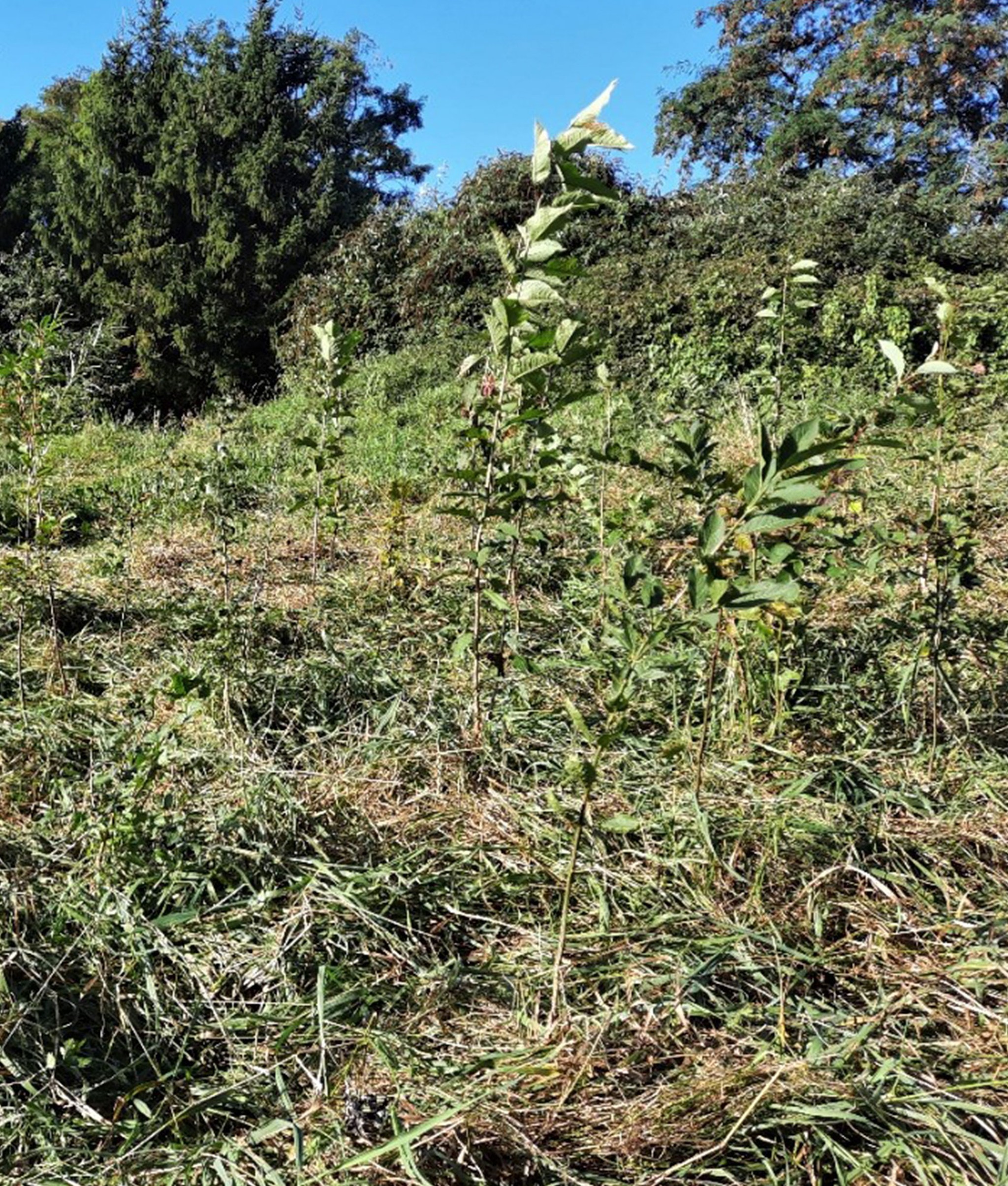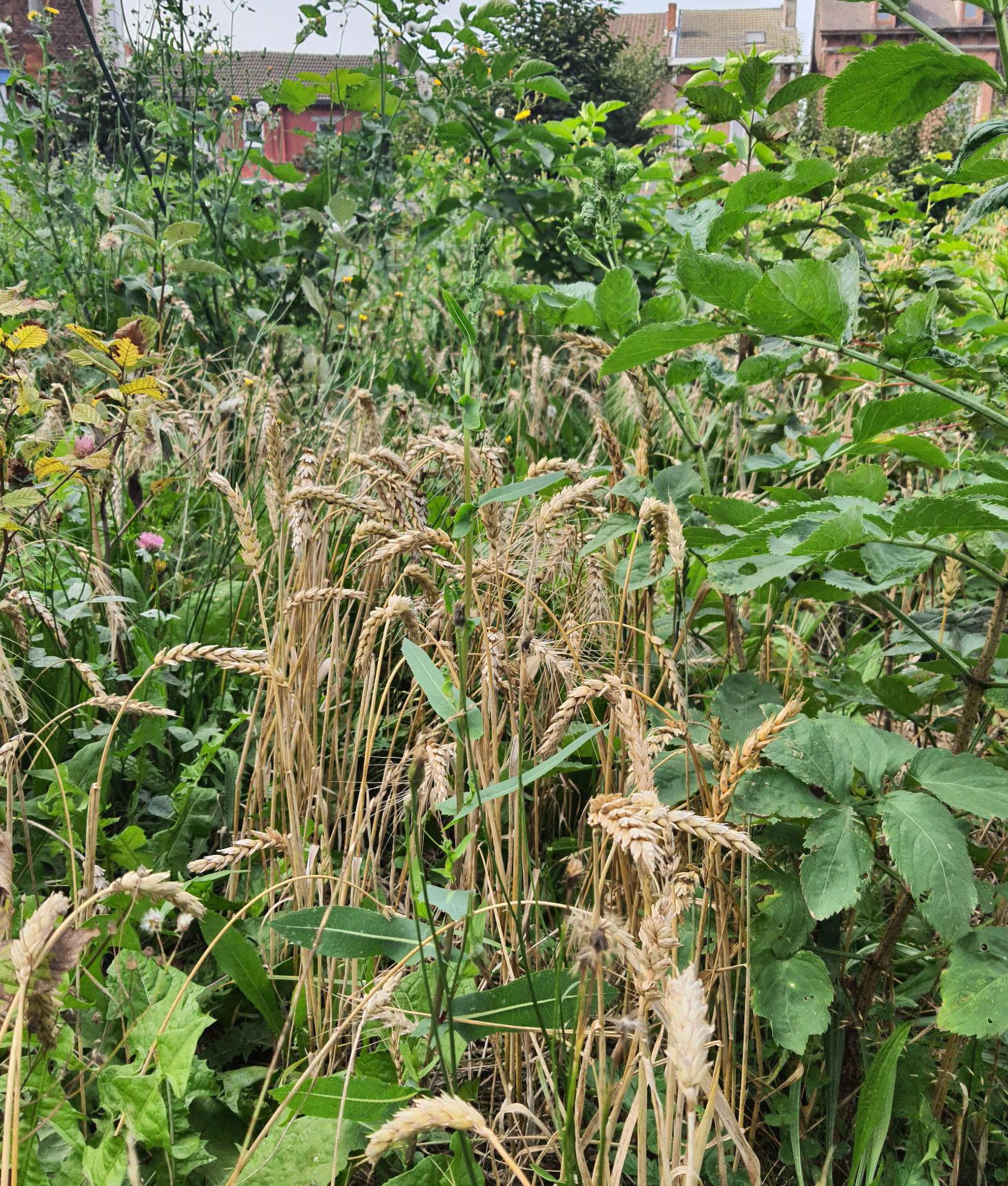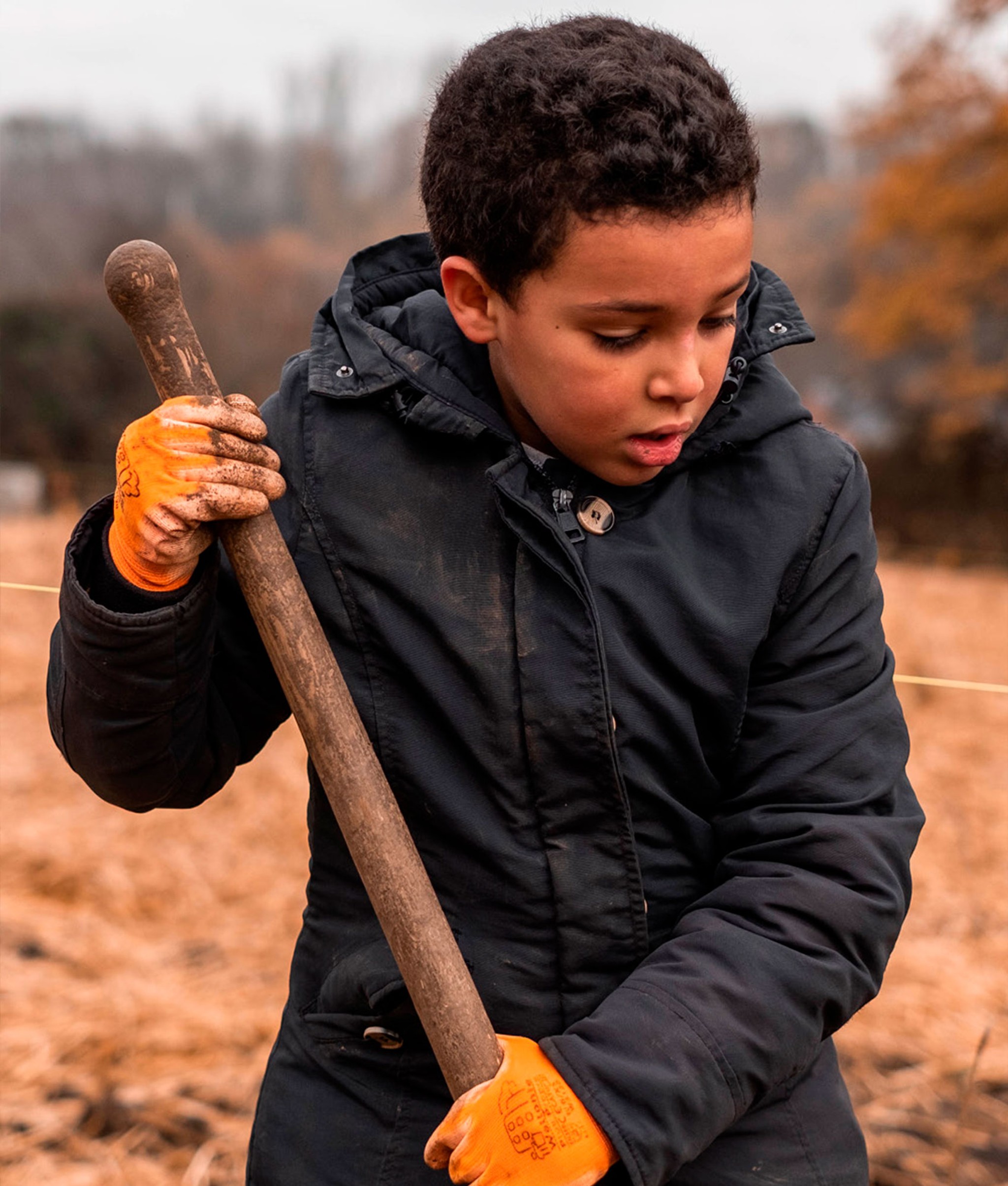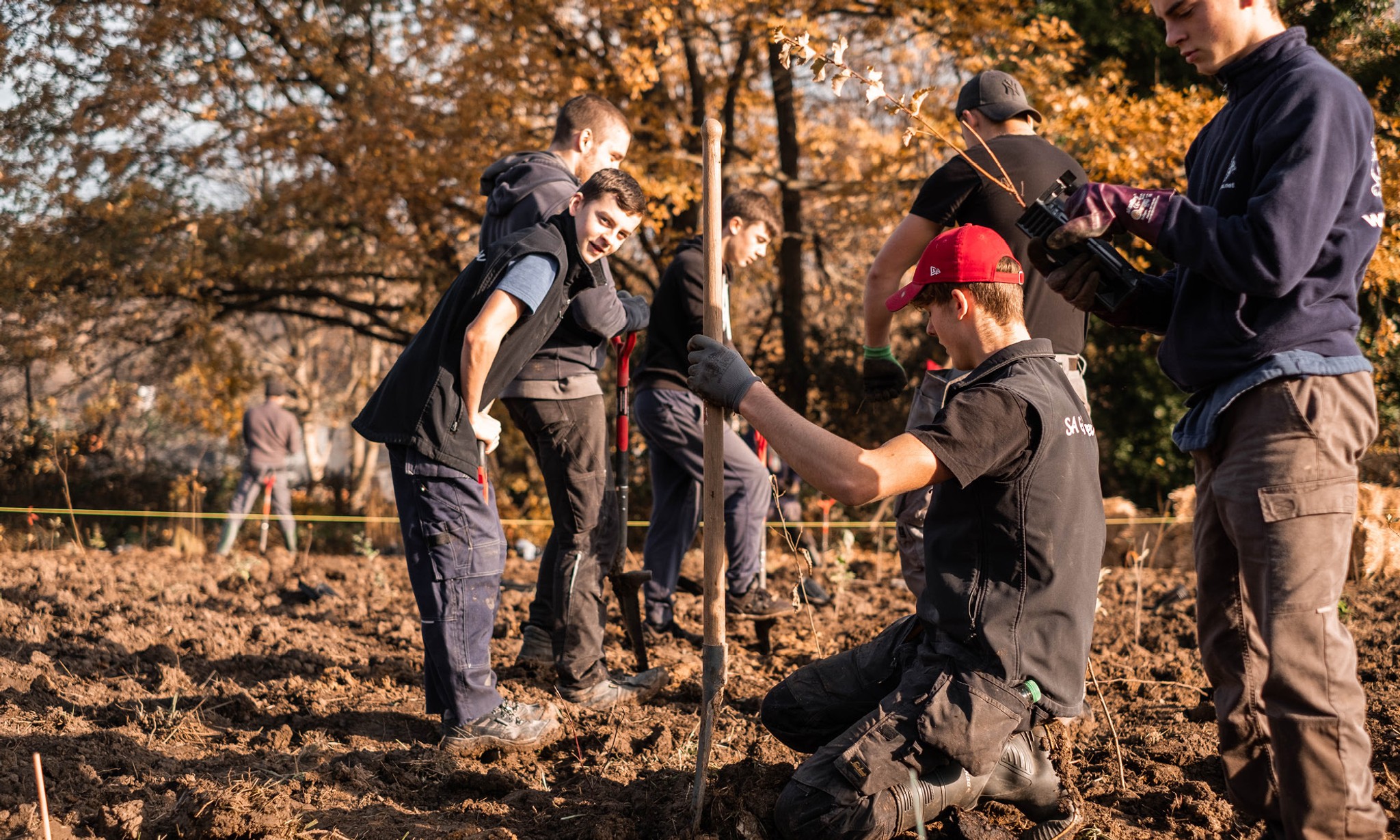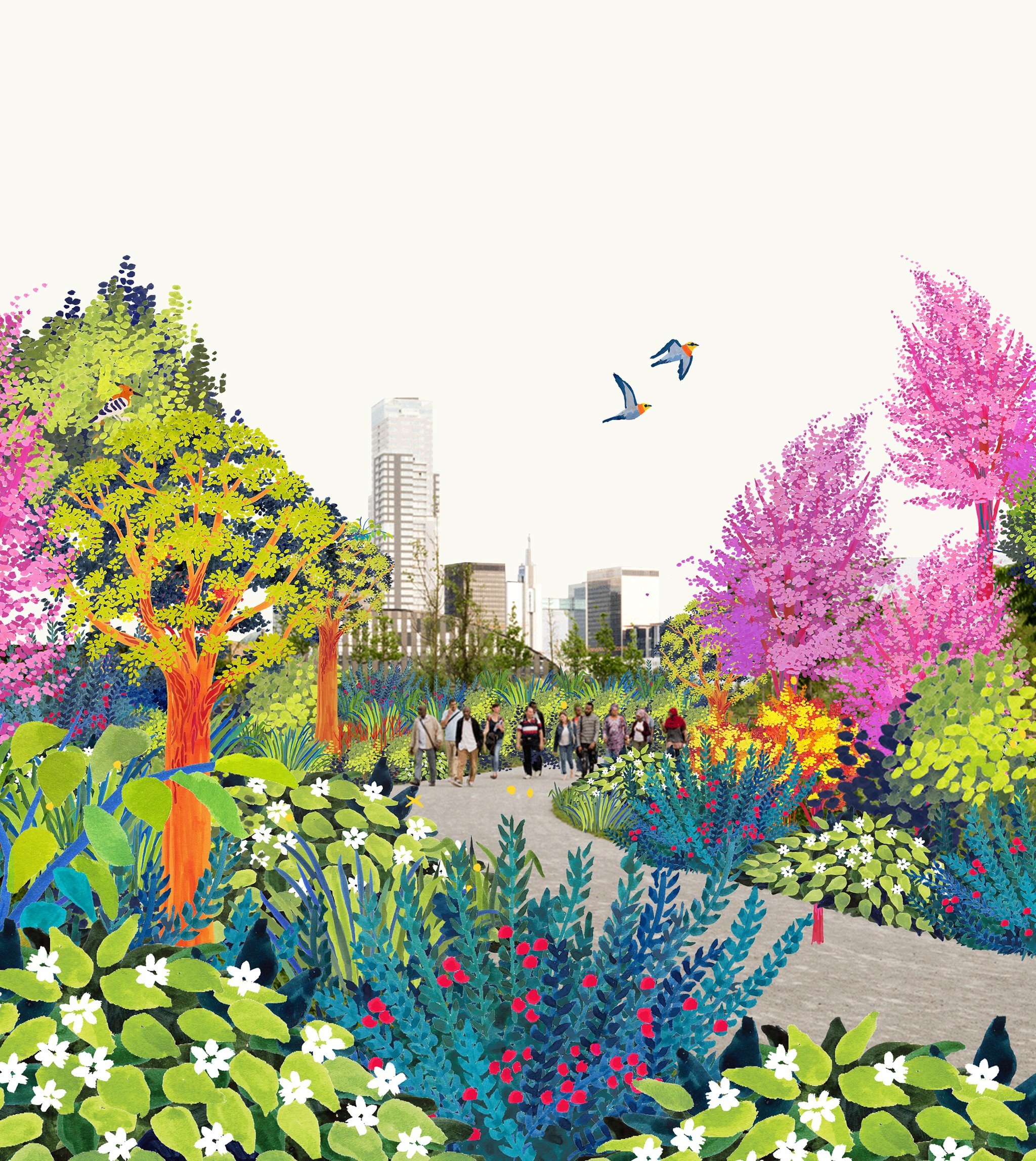King Charlemagne Forest
Restoring ancestral forest in a dense village community.
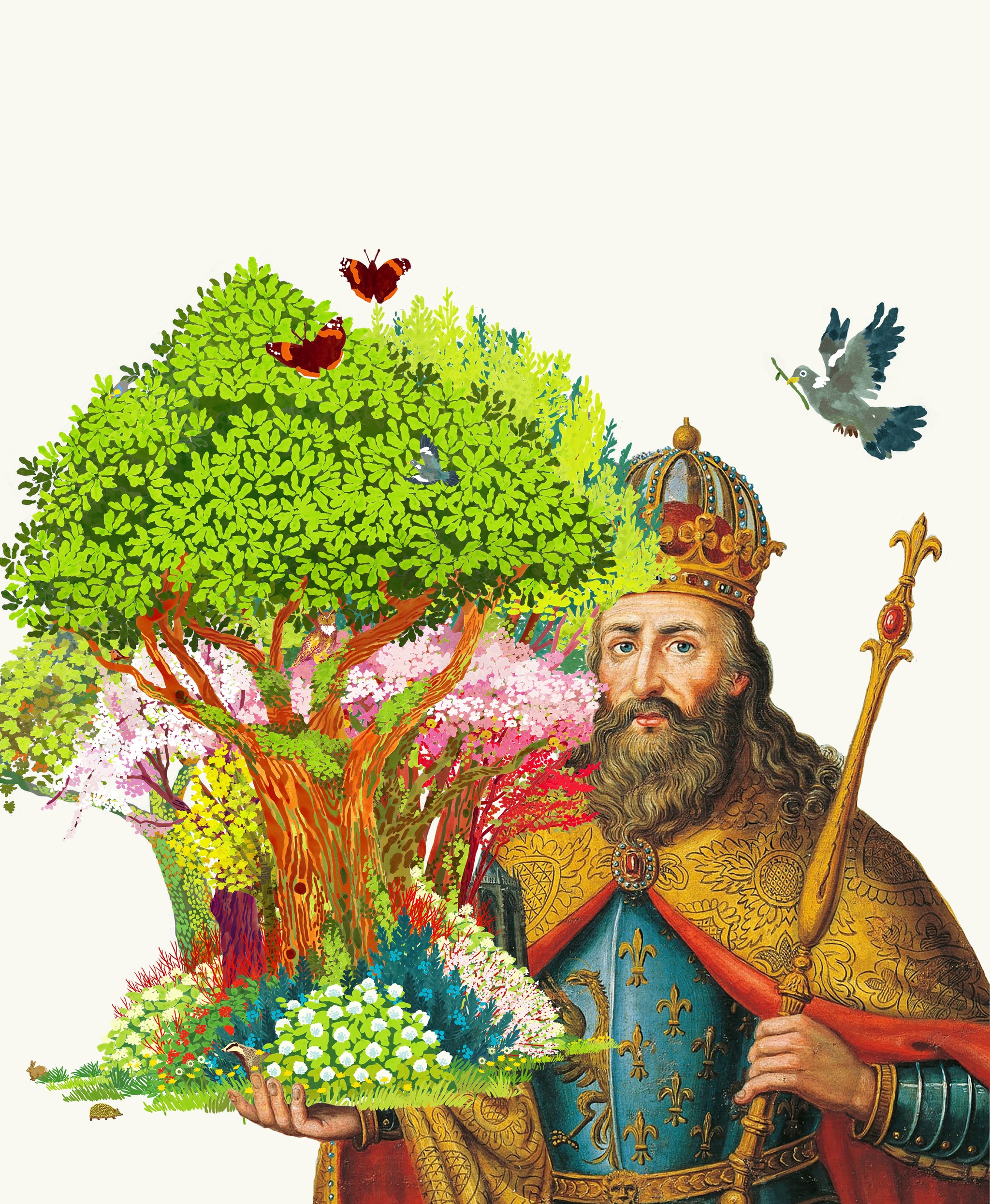
0
Trees
0
Square Meters
0
Native Species
0
Youth Impacted
Self-sustaining Forest
Planted in December 2020, King Charlemagne Forest has evolved into a thriving, self-sustaining ecosystem. Located in a park next to a church, sports hall, school, and cycle path, the forest is surrounded by vibrant community spaces, making it a central part of daily life in Pontisse. Local residents often enjoy walks to visit the forest, observing the steady growth of the trees. The forest is a hub of impressive biodiversity, including a variety of insects, fungi, and birds. Some animals even use the forest as a natural refuge, seeking shelter in the evenings amidst the urban landscape.
In the forest's early years, maintenance proved challenging due to the rapid growth of tall weeds, which led to some early tree mortality. To address this, we planted additional trees to fill in the gaps, and over time, the forest has matured, naturally suppressing and shading out the weeds.
Children from the nearby Notre-Dame De Bon Secours school regularly take outdoor classes in the forest, fostering a deeper connection with nature while benefiting from its educational value. King Charlemagne Forest stands as a testament to how urban spaces can be transformed into valuable green sanctuaries, benefiting both wildlife and the community.
Forest Maker
Nicolas de Brabandère
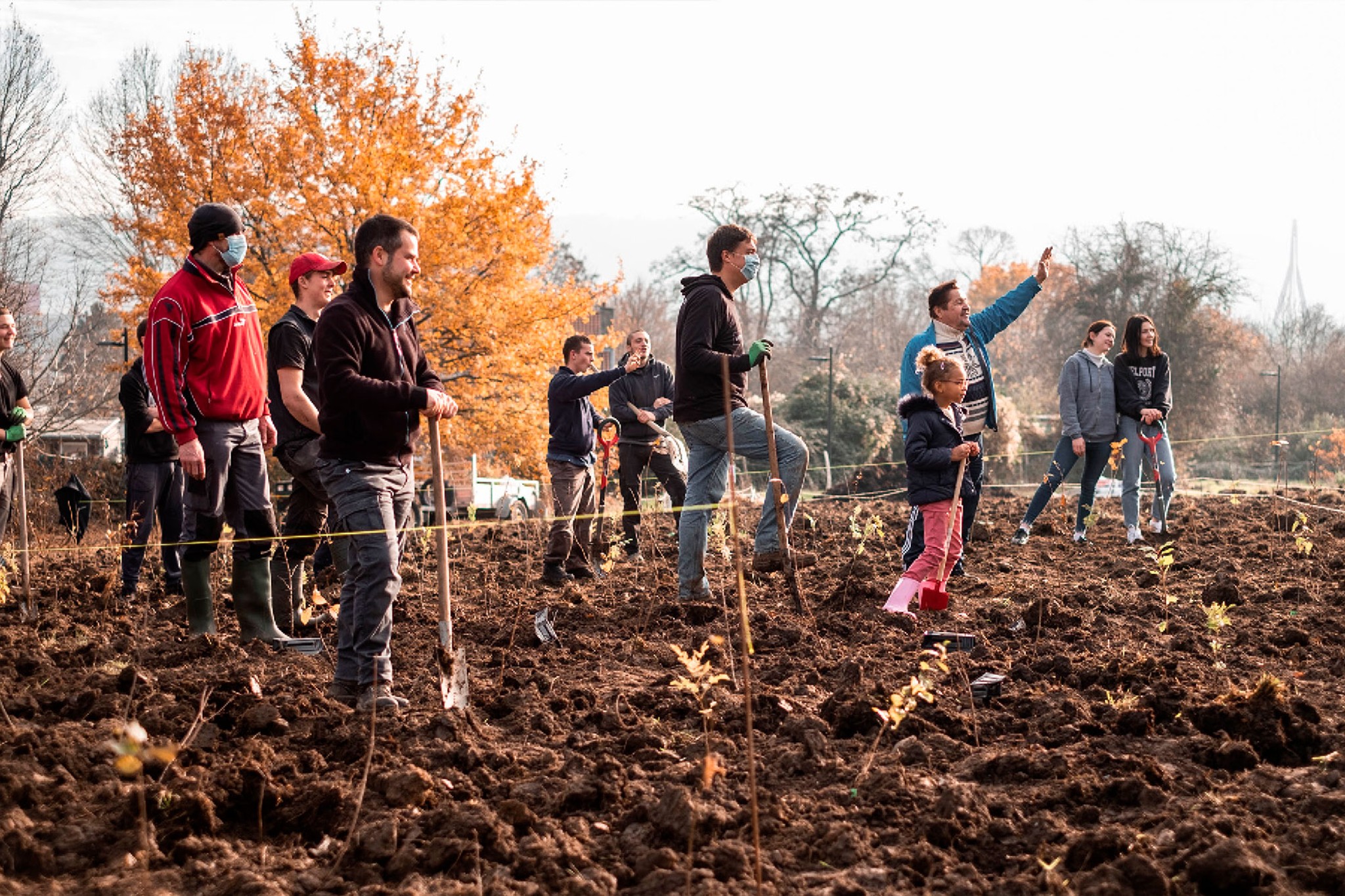

Forest Partner

Ecosystem Restored
Final report: 26.11.2024
After approximately three years our SUGi Pocket Forests become self-sustaining. They no longer require human maintenance or watering, and can be handed over to Nature for biodiversity and complexity to naturally develop.
0%
Survival Rate
0
People living within 300 meters
0
kg of potential CO2 sequestration
Biodiversity
Biodiversity is all the different kinds of life you'll find in one area—the variety of animals, plants, fungi, and even microorganisms like bacteria that make up our natural world. Each of these species and organisms work together in ecosystems, like an intricate web, to maintain balance and support life.
0
Potential number of mammals
0
Potential number of birds
0
Potential number of amphibians
Urban Heat Profile
The Urban Heat Island Effect is affecting cities more and more each year and temperatures in urban areas can go up to 12 degrees hotter. This can be reduced and prevented by planting urban forests like this. We collected the air temperatures on a hot day in September at King Charlemagne Forest and saw amazing results.
0°C
Air Temperature Difference
0°C
Surface Temperature Difference
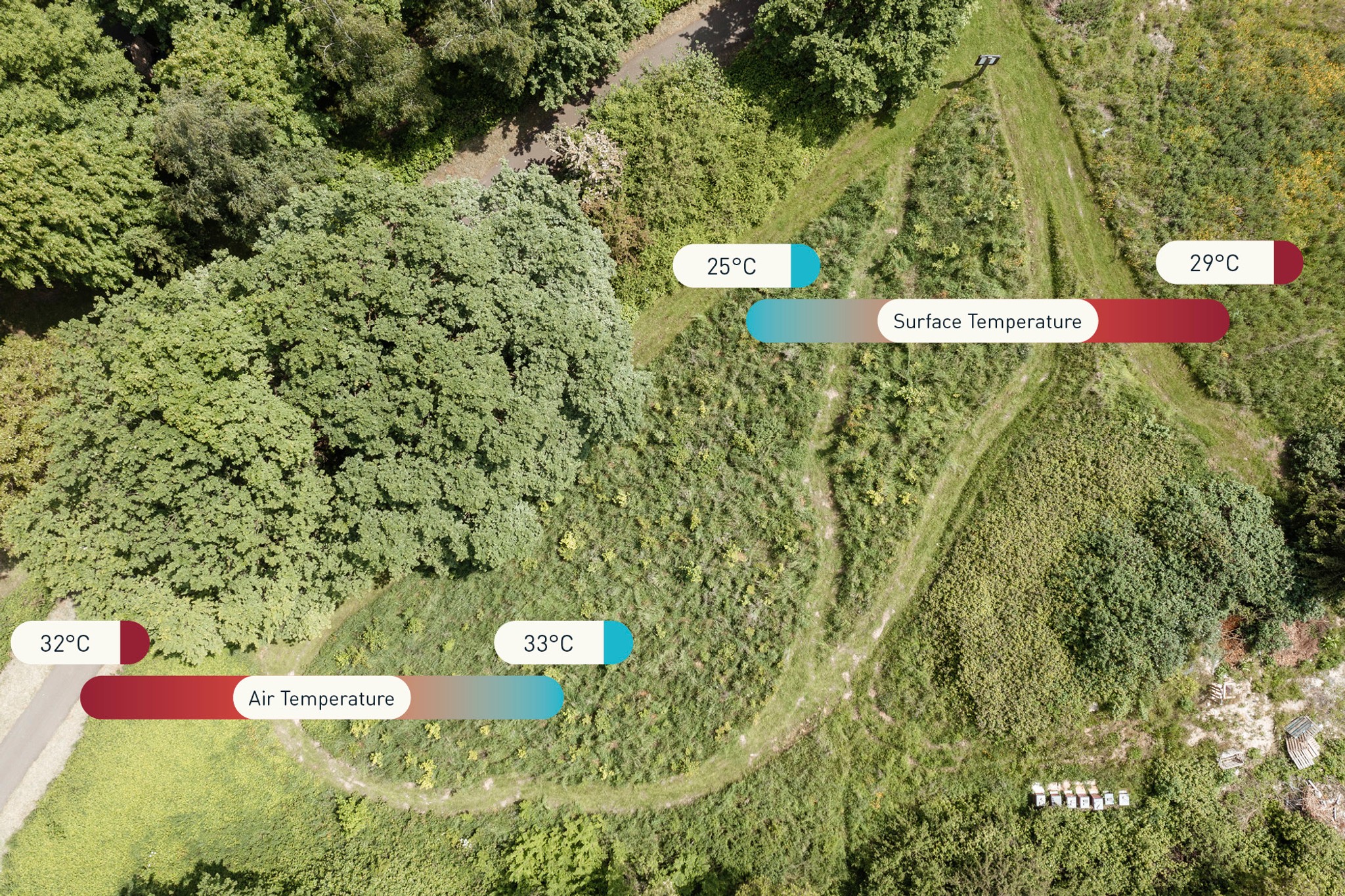
“Times are changing. After years of heavy industry in the neighbourhood, we are working with a keen local community to bring back a thriving piece of ancestral forest. Nature is making a comeback in our lives. We are creating forest habitat for our birds, amazing bugs, mushrooms and butterflies. We are much better with it.”
Nicolas de Brabandère, Urban Forests
Forest Report: 2023
0 Years
Forest Age
0%
Survival Rate
0m
Average of Tallest 3 Trees
The forest has seen a few setbacks with a lower survival rate than we would expect. To mitigate this, the owner has planted some additional trees, and is now working hard to maintain the forest and surrounding area to ensure it continues to grow.
Despite this, there are many signs of life in the forest. Burrows have been spotted, and we have also seen saw some empty nut casings on the ground, probably eaten by birds or squirrels.
Biodiversity Notes:
Forest Report: 2022
0 Years
Forest Age
0%
Survival Rate
0cm
Tallest Tree
King Charlemagne Forest is doing well and is cherished by the local school community of School Notre-Dame De Bon Secours. It is providing valuable enrichment for the children. Survival rate is good though growth rate is slower than typically seen with a Miyawaki forest. In part, this is because it was not watered during the 2022 summer drought; animal activity has also been a factor. Burrows have been seen in the forest - which is a good sign - though these animals may be disrupting the growth of the forest a little.
On Friday 25 November 2022, it was Saint Catherine’s Day - historically thought to be a good day to plant trees! To celebrate, the whole school - from kindergarten to primary 6 - went into the forest to make observations and an inventory. The children are in the process of writing a report which they will publish in the school’s digital newspaper. This pocket forest is a part of school life.
King Charlemagne also attracts people walking on the public path nearby. A neighbour installed beehives next to the forest too and is now collecting honey from there. It is a hub for local people!
Biodiversity Notes:
Forest Report: 2021
0 Months
Forest Age
0%
Survival Rate
0cm
Tallest Tree
Most trees have doubled in size. The trees are doing well, very green, and in good health. This first year is going as planned. The trees are settling in, roots growing deep underground connecting to each other as well as to growing fungi in the soil. Strong, dense growth is to be expected in the second year and at that point, we envisage it not being possible to walk through the forest anymore.
The forest was left unattended from the planting until early September. Hence, some weeds did grow excessively, and began to overtake the trees. However, with 30 local volunteers of all ages, we conducted one big day of maintenance. The group included local families and the Director of the school. We gave some explanation about the importance of the trees having access to fresh air and light and how the community can support King Charlemagne in its second year.
Maintenance is the main issue for the community. It is not the most exciting part of the project and also tiring. We agree it must be done at least one more time next spring. After that, this Miyawaki forest should be self-sustaining.
The community is well-aware of an urban forest now in the neighbourhood. We are confident it will become an even stronger presence in the next year, once the trees are more established and, thus, the growth increases.
“The project in Pontisse, Belgium, aims to restore ‘King Charlemagne's Forest’. By doing so we hope to regenerate natural forests benefiting our communities, animals, climate and the planet.”
Edmond Moreau, President of the Tremplin Gymnasium
Planting: December 2020

History
Charlemagne (746-814), king of the Franks and emperor of the Christian occidental empire had a leisure castle built close to our village in Herstal, Belgium. Written sources acknowledge 13 royals staying in the castle with the main purpose to reign, but also to relax by hunting in the surrounding woods! Until the XIXth century, the inhabitants of our village were called ‘Les bleus dès bwes’, the wolves of the woods!
Since those ancient times, the woods have unfortunately been replaced by industrial zonings and highways.






















